Waves pick up information from their environment through which they propagate. A theory of information carried by waves has now been developed at TU Wien—with astonishing results that can be utilized for technical applications.


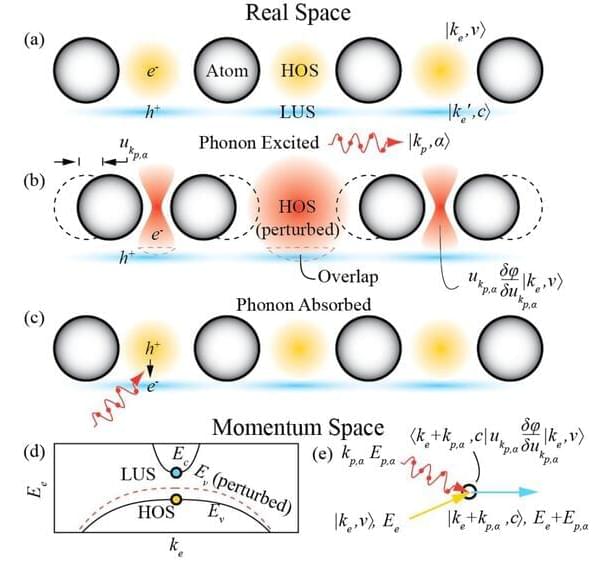
A new study published in Nature Physics introduces a theory of electron-phonon coupling that is affected by the quantum geometry of the electronic wavefunctions.
The movement of electrons in a lattice and their interactions with the lattice vibrations (or phonons) play a pivotal role in phenomena like superconductivity (resistance-free conductivity).
Electron-phonon coupling (EPC) is the interaction between free electrons and phonons, which are quasiparticles representing the vibrations of a crystal lattice. EPC leads to the formation of Cooper pairs (pairs of electrons), responsible for superconductivity in certain materials.
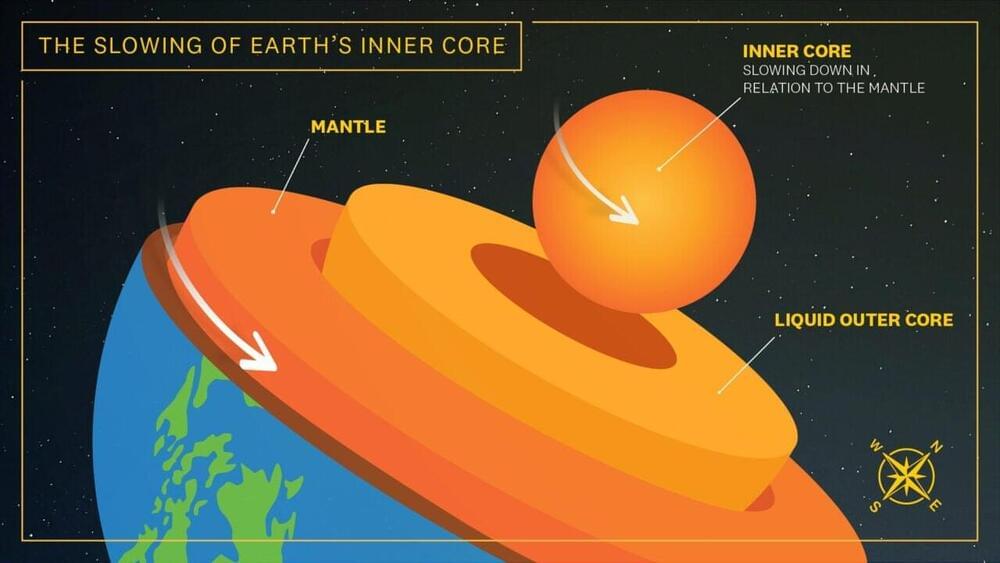

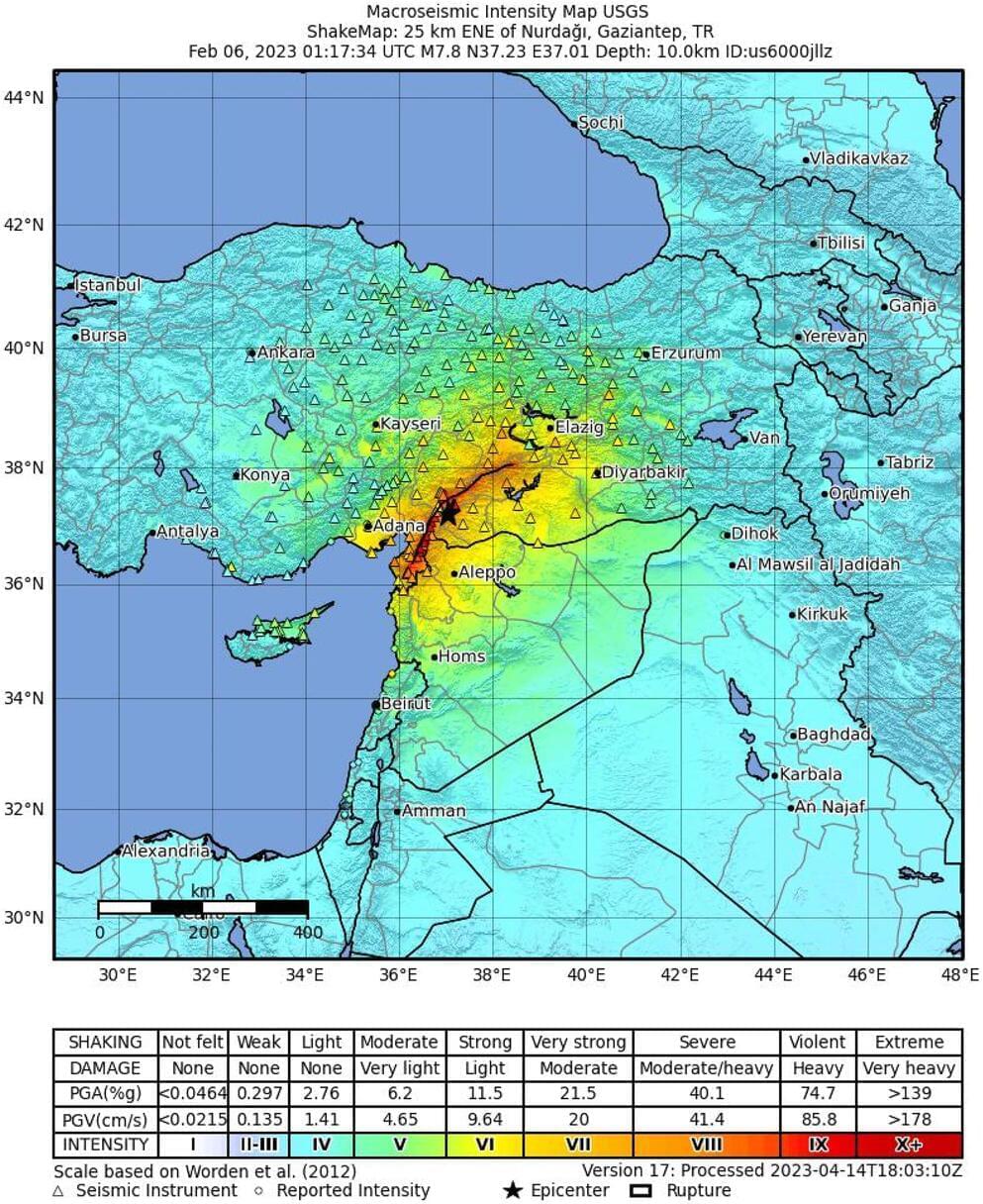
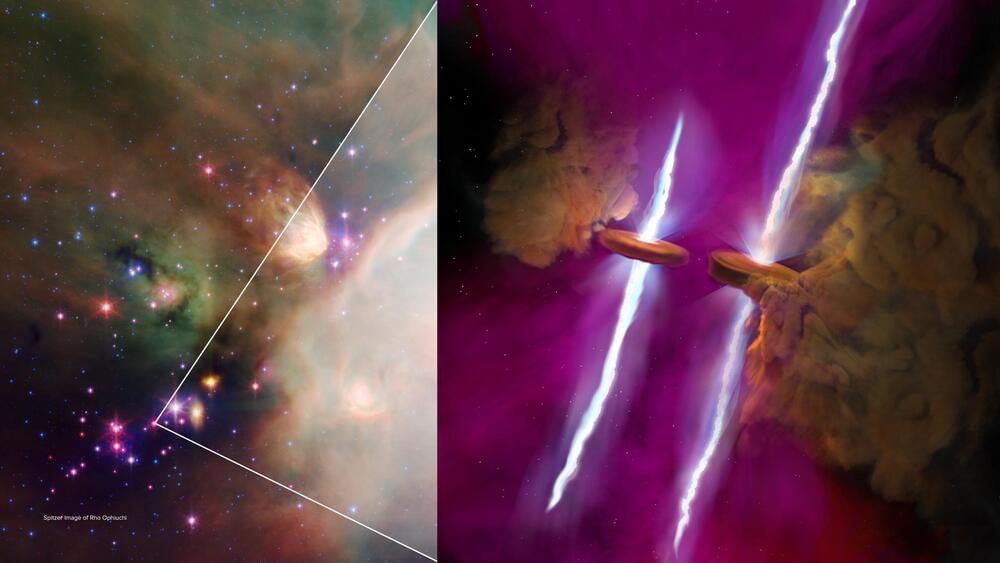
Most of the universe is invisible to the human eye. The building blocks of stars are only revealed in wavelengths that are outside of the visible spectrum. Astronomers recently used two very different, and very powerful, telescopes to discover twin disks—and twin parallel jets—erupting from young stars in a multiple star system.
This discovery was unexpected, and unprecedented, given the age, size, and chemical makeup of the stars, disks, and jets. Their location in a known, well-studied part of the universe adds to the thrill.
Observations from the U.S. National Science Foundation’s (NSF) National Radio Astronomy Observatory’s (NRAO) Atacama Large Millimeter/submillimeter Array (ALMA) and NASA’s James Webb Space Telescope’s (JWST) Mid-Infrared Instrument (MIRI) were combined for this research.
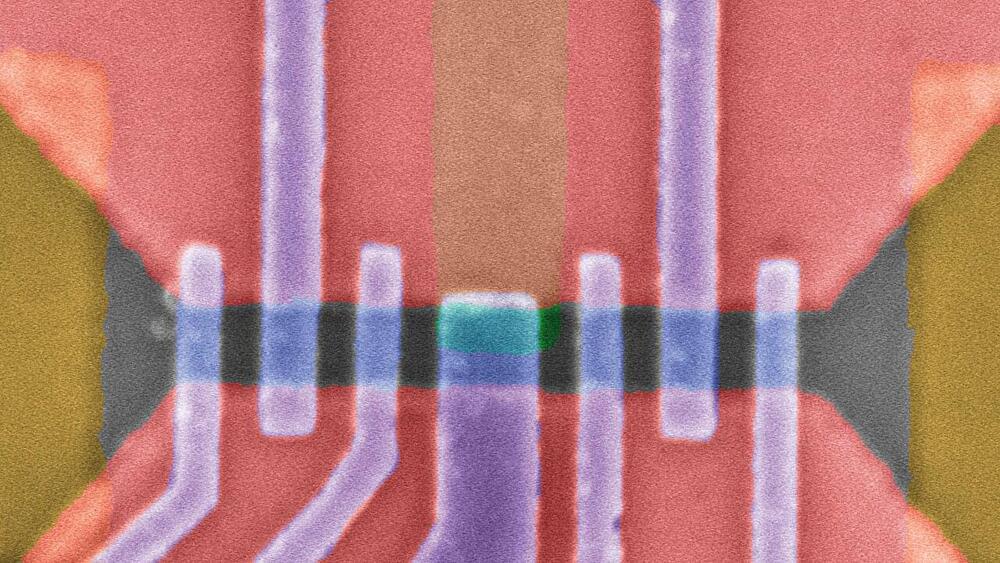
Researchers at QuTech have found a way to make Majorana particles in a two-dimensional plane. This was achieved by creating devices that exploit the combined material properties of superconductors and semiconductors. The inherent flexibility of this new 2D platform should allow one to perform experiments with Majoranas that were previously inaccessible. The results are published in Nature.

Recently, researchers discovered that a material called manganese germanide (MnGe) has a unique periodic structure, formed by special magnetic configurations called hedgehogs and antihedgehogs, which is called a magnetic hedgehog lattice.
In these special configurations, the magnetic moments point radially outward (hedgehog) or inward (antihedgehog), resembling the spines of a hedgehog. These hedgehogs and antihedgehogs act like magnetic monopoles and antimonopoles, serving as sources or sinks of emergent magnetic fields.
MnGe exhibits what is known as a triple-Q hedgehog lattice. However, recent experiments have shown that the substitution of Ge with Si (MnSi1-x Gex) transforms the arrangement into the quadruple-Q hedgehog lattice (4Q-HL).

Bill Gates’ TerraPower broke ground yesterday on its Natrium nuclear reactor plant, making it the first advanced reactor project ever to start construction.
Once it comes online, the Natrium demonstration plant in Kemmerer, Wyoming, will be a fully functioning commercial power plant. According to Gates, founder and chairman of TerraPower, Natrium will “be the most advanced nuclear facility in the world, and it will be much safer and produce far less waste than conventional reactors.”
It’s being constructed near the retiring coal-fired Naughton power plant and is the world’s only coal-to-nuclear project under development. TerraPower, which will employ between 200 and 250 people at the Natrium facility, wants to hire the 110 former coal workers to tap into their transferrable skills.
The CRISPR-Cas9 system has revolutionised gene-editing, but cutting DNA isn’t all it can do. From turning gene expression on and off to fluorescently tagging particular sequences, this animation explores some of the exciting possibilities of CRISPR.
Download a poster on ‘The expanding CRISPR toolbox’ here: https://www.nature.com/posters/crispr…
Produced with support from Dharmacon: https://www.dharmacon.com.
Nature has full responsibility for all editorial content, including Nature Video content. This content is editorially independent of sponsors.
Sign up for the Nature Briefing: An essential round-up of science news, opinion and analysis, free in your inbox every weekday. https://go.nature.com/371OcVF
Community contributed translations are enabled on this video. Nature is not responsible for the content of community-translated closed captions.